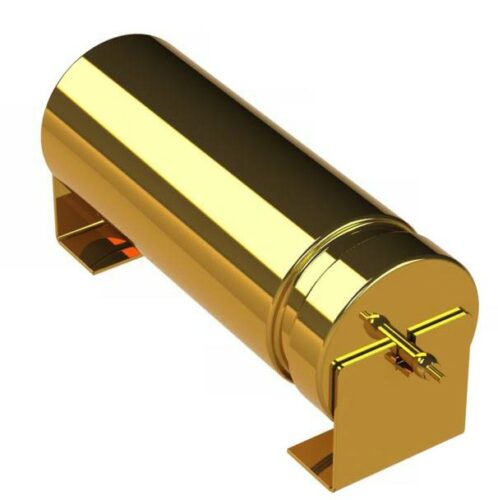The capacitors, designed for avionics and aerospace, endure military shock and vibration and provide energy storage for various systems.

New Yorker Electronics has introduced Vishay’s wet tantalum capacitors featuring hermetic glass-to-metal seals, targeting avionics and aerospace applications. The STH electrolytic capacitors combine the benefits of Vishay’s SuperTan extended series with a design focused on higher reliability. These capacitors withstand enhanced military H-level shock (500 g) and vibration (sine: 80g; random: 54 g) and endure increased thermal shock up to 300 cycles.
The devices provide a cost-effective alternative to Hi-Rel wet tantalum capacitors, maintaining the high reliability needed for demanding mission profiles. The STH series is suitable for energy storage in various applications, including power supplies, actuators, transponders, radio, radar, missiles, oil drilling, and underwater equipment systems.
The capacitors offer capacitances ranging from 470 µF to 1500 µF in the D case code, with standard capacitance tolerances of ± 20 % at 120 Hz and + 25 °C and an option for ± 10 % tolerance. They operate between – 55 °C to + 85 °C, extendable to + 125 °C with voltage derating, and feature low ESR values down to 0.50 Ω at 120 Hz and + 25 °C. These capacitors come with standard tin/lead (Pb) terminations, and RoHS-compliant 100% tin terminations are also available.
Some of the performance characteristics of the capacitor include:
- Operating Temperature: -55 °C to +85 °C (to +125 °C with voltage derating)
- Capacitance Tolerance: ± 10 %, ± 20 % standard
- DC Leakage Current (DCL Max.): at +25 °C and above
The Model STH tantalum-case electrolytic capacitors are designed with enhanced performance and a focus on high reliability. They come with various termination options, including axial and standard tin/lead (SnPb), with an alternative of 100% tin also available. These capacitors incorporate the benefits of Vishay’s SuperTan® extended series devices and boast an improved vibration capability. Additionally, they can withstand increased thermal shock, enduring up to 300 cycles. These features make them particularly well-suited for use in avionics and aerospace applications, where durability and consistent performance are critical.






